Iraq is the fifth most vulnerable country in the world to climate change and is the most vulnerable country to changes in climate in the Middle East and North Africa region. Temperature increase and water scarcity are both affecting Iraq’s economic and social stability. Over the past four decades, average temperatures in the country increased by over 2.5 degrees Celsius. By 2050, Iraq is expected to be the ‘hottest’ country in the region, with average temperature exceeding thirty-six degrees Celsius, followed by Kuwait, Egypt and Libya. Increased temperatures are expected to severely affect labor productivity in Iraq, with the agriculture and construction sectors being the most affected. Thirty-five percent of Iraq’s labor force in the agriculture and construction sectors are facing extreme heat conditions with temperatures exceeding fifty degrees Celsius.
At the same time, growing water scarcity and more frequent extreme weather events have increasingly affected socio-economic conditions in Iraq through the exacerbation of electricity shortages and reduction of economic output in various sectors of the economy, including the agriculture sector. Based on World Bank predictions, the widening gap between water supply and demand is expected to increase from around five billion to eleven billion cubic meters by 2035. Water scarcity and low water quality can significantly reduce crop yields and affect agri-food systems, threatening food security and adversely impacting the country’s GDP.
Iraq also has one of the highest levels of carbon intensity (emissions by GDP) in the region. Most of the country’s total carbon emissions are attributed to the energy sector (electricity, oil, and gas operations and transport). Annual CO2 emissions in Iraq have more than doubled over the past decade, reaching 185 million tons by the end of 2021, compared to 61 million tons in 2007.
To address these combined challenges, the World Bank prioritizes climate action in Iraq in three focus areas: i.) adaptation, with a focus on the water-agriculture-poverty nexus; ii.) mitigation, with a focus on decarbonizing Iraq’s energy value chain; and iii.) managing the macro-fiscal implications of the transition to a low-carbon economy. The World Bank’s Country Climate and Development report estimates that Iraq would require around $233 billion in investments by 2040 to respond to its most pressing development gaps while embarking on a green and sustainable growth pathway.
In recognition of these challenges, the government of Iraq ratified the parliament’s decision to enter into the Paris agreement on climate change and submitted its first Nationally Determined Contributions (NDC) report in 2021. The Iraqi government has also endorsed the ZEF agreement, which aims at ending flaring of gas by 2030.
Key environment indicators
Agriculture
With Iraq heavily dependent on its agricultural output for both food security and economic growth, the rising temperatures, declining rainfall, and changing precipitation patterns have all contributed to the decline in agricultural productivity, particularly in the south and central regions of the country. Droughts and desertification have led to the degradation of soil quality, reducing the land available for cultivation and the yields of crops such as wheat, barley, and cotton. Meanwhile, the increasing frequency and intensity of extreme weather events, such as floods and sandstorms, have damaged crops, infrastructure, and irrigation systems, further undermining the sector’s resilience. These climate-induced challenges have been exacerbated by decades of conflict, political instability, and inadequate investment in agricultural infrastructure, leading to high rates of poverty and food insecurity among rural communities.
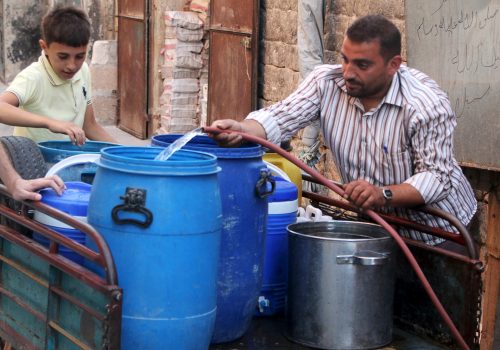
Water Resources
With Iraq already facing severe water scarcity and management challenges, the rising temperatures, declining rainfall, and changing precipitation patterns have led to increased water stress, reduced water availability, and deteriorating water quality. In particular, the southern and central regions of Iraq, which are heavily dependent on the Tigris and Euphrates rivers, have experienced a decline in water availability due to the construction of dams upstream, upstream diversions, and increasing demand for irrigation and drinking water. This has led to a reduction in the flow of the rivers, reduced water levels in lakes and reservoirs, and increased salinization and pollution of groundwater resources. Moreover, the increasing frequency and intensity of extreme weather events, such as floods and droughts, have further exacerbated the water management challenges, damaging infrastructure and disrupting water supply services. The impact of these challenges has been felt most acutely by vulnerable populations, particularly rural communities and internally displaced people, who are more reliant on agriculture and informal water sources.
Human Health
As Iraq faces multiple health challenges due to decades of conflict and political instability, the rising temperatures and changing precipitation patterns caused by climate change have led to an increase in heat-related illnesses, such as heatstroke, dehydration, and cardiovascular disease. Moreover, the increasing frequency and intensity of extreme weather events, such as sandstorms and floods, have led to an increase in respiratory and skin diseases, injuries, and mental health issues. The impact of climate change has been particularly acute in vulnerable populations, such as children, pregnant women, and the elderly, who are more susceptible to the health effects of extreme heat and poor air quality. The health impacts of climate change are further compounded by inadequate healthcare infrastructure, limited access to safe drinking water and sanitation, and high rates of poverty and malnutrition.

Energy and Infrastructure
Iraq’s electricity sector, which is heavily reliant on fossil fuels, has been challenged by the rising temperatures and declining water availability caused by climate change. Higher temperatures have led to increased energy demand for cooling, exacerbating the already strained power supply. Moreover, declining water availability has hampered the operation of hydroelectric dams, leading to reduced electricity generation capacity. The transportation sector has also been affected, with the increasing frequency and severity of sandstorms damaging roads, bridges, and other infrastructure. The impact of climate change has been particularly acute in areas affected by conflict, where infrastructure has been destroyed and service delivery disrupted. This has hindered the country’s efforts to provide reliable and affordable energy and infrastructure services, exacerbating poverty and social inequalities. To address these challenges, the Iraqi government has been working to promote renewable energy sources, such as solar and wind power, and to improve the efficiency of the electricity sector through measures such as energy conservation and demand-side management.
Increase in average annual temperatures of 2°C by 2050, with more frequent heat waves
More extreme weather, with intense precipitation, floods, and droughts
Decreasing annual rainfall of 9 percent by 2050, fewer rainy days and increasing water insecurity
Rising temperatures will very likely result in higher rates of heat-related mortality
The projected increase in water scarcity will contribute to growing food and water insecurity and related displacement
Due to the increase in global average temperatures, the sea level along the Iraqi coasts is projected to rise
Relevant Publications and Reports
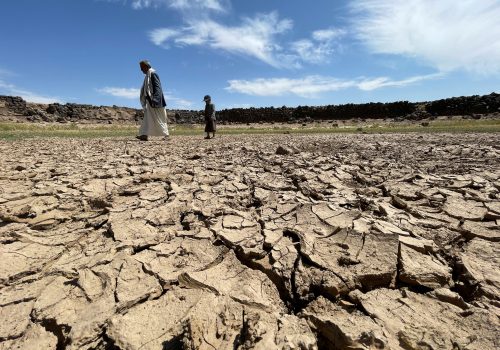

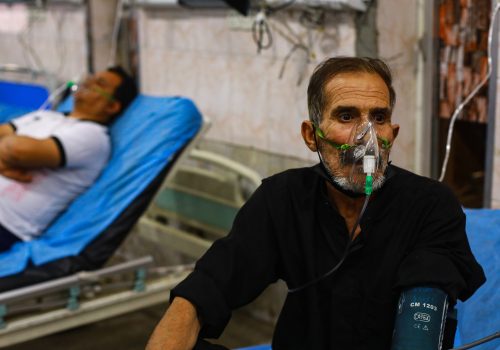

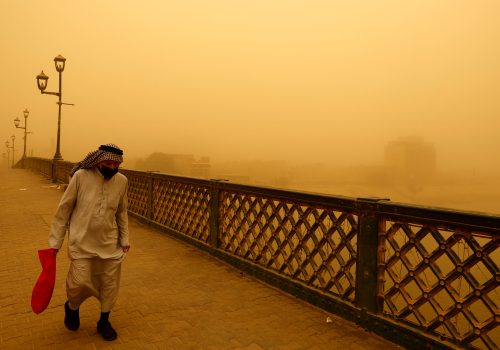
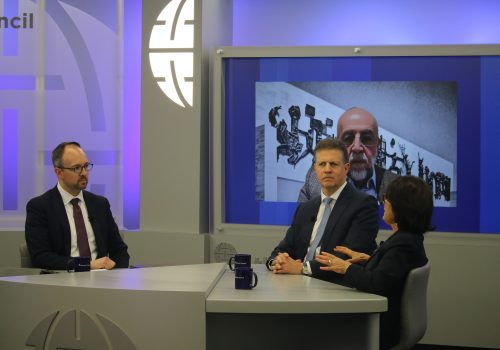
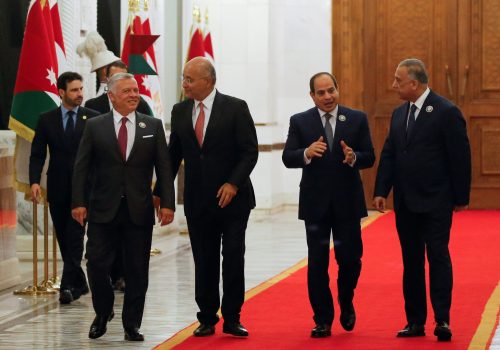
Follow us on social media